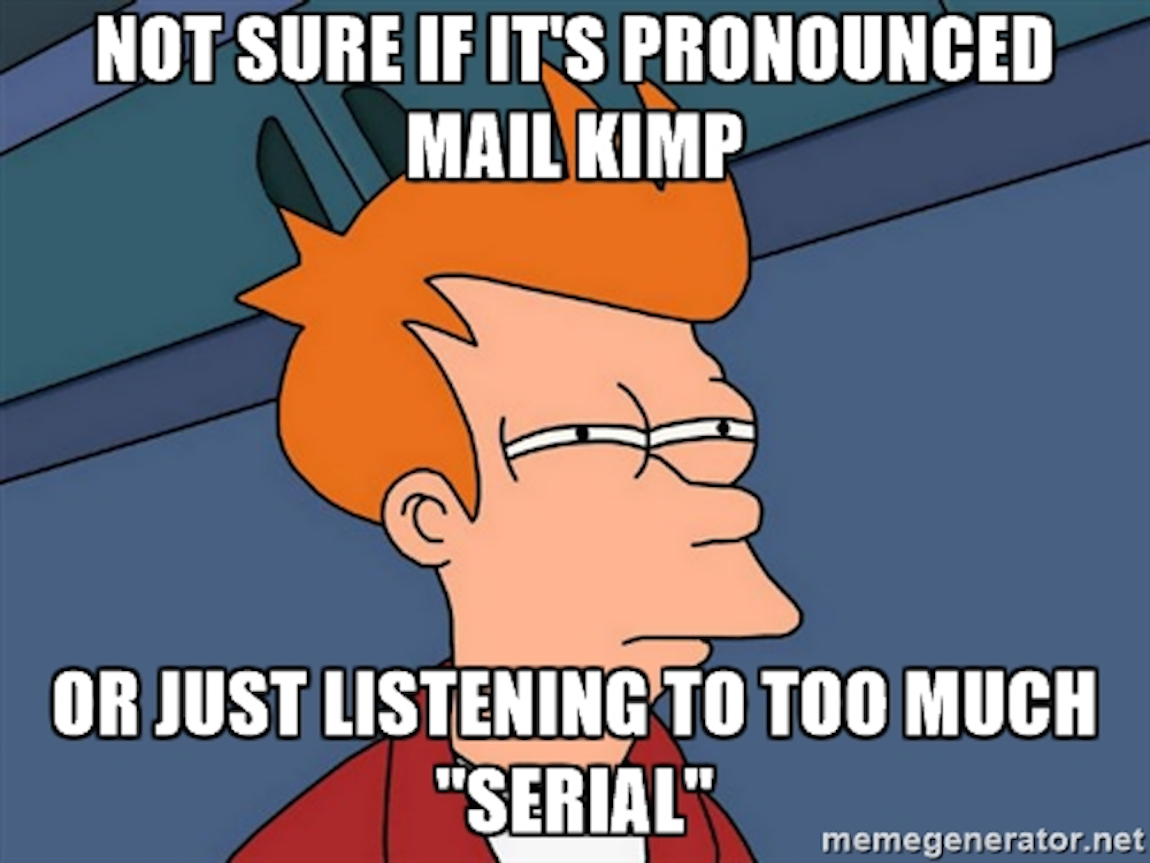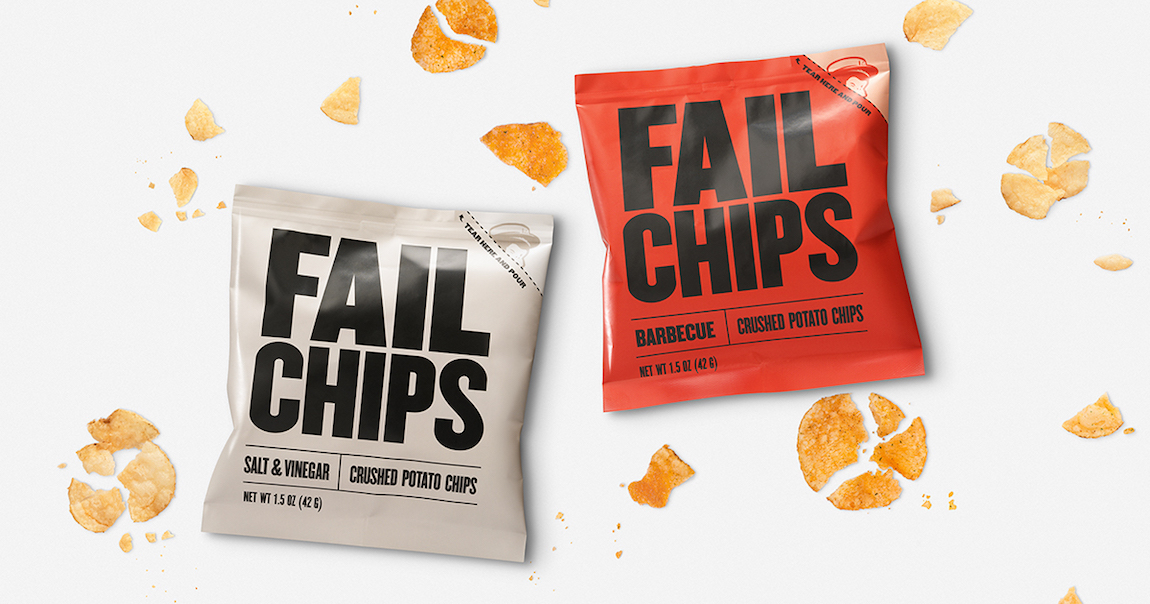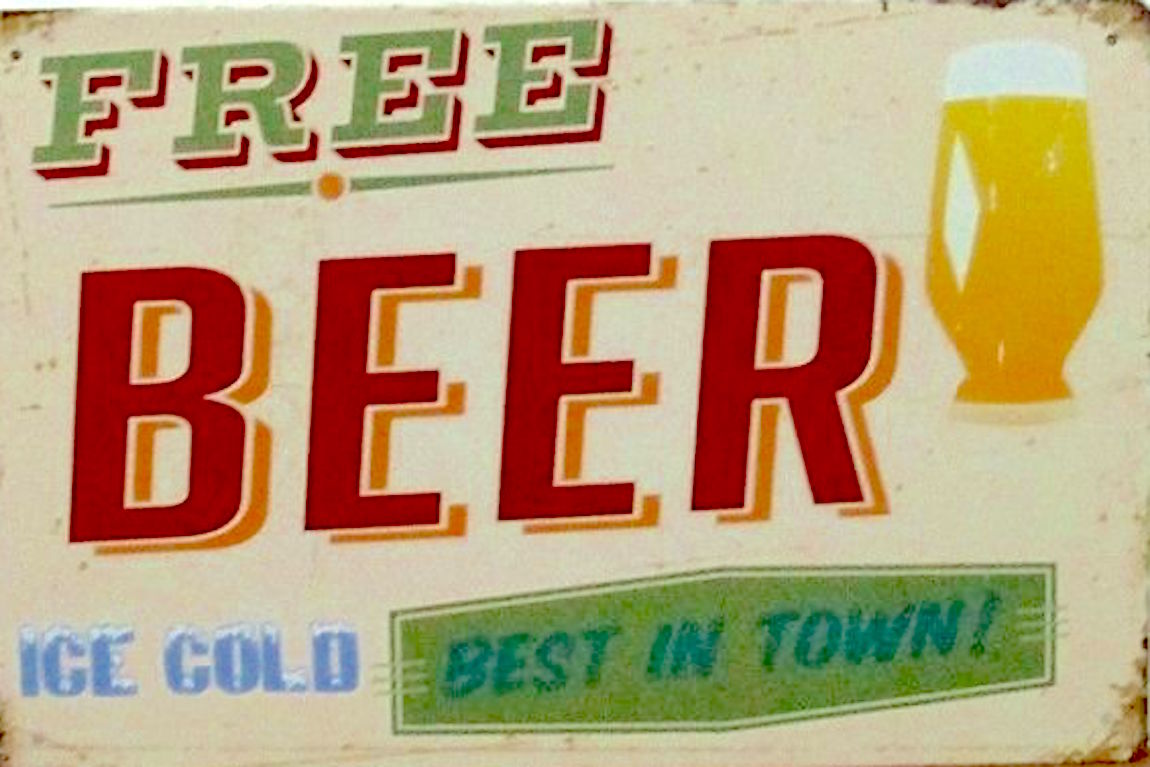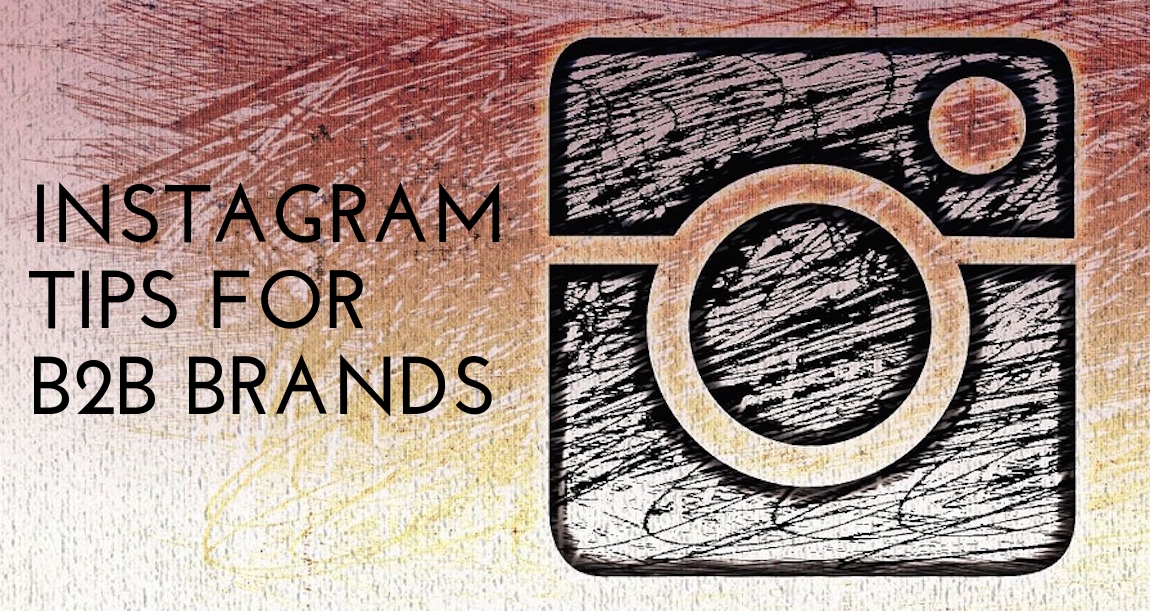A Lesson on Creative B2B Campaigns from MailChimp
by MGB2B
UPDATE: We know an awesome campaign when we see it, congratulations to MailChimp for scoring a Cyber Grand Prix at Cannes Lions 2017. This campaign was recognized for being the best example of a full-blown campaign with digital at the center.
Mail Shrimp? Fail Chips? Snail Primp? What could all of these wacky phrases have in common? They’re all part of MailChimp’s new advertising campaign “Did You Mean MailChimp?” The campaign flies in the face of any preconceived notion that you need to play it straight with B2B ads.
Founded in 2001, MailChimp quickly made a name for itself in the email marketing software industry. Known for their easy-to-use email templates and quirky monkey mascot, Freddie, MailChimp is a top competitor in the B2B email marketing sphere. However, they’ve never made an advertising splash on a national scale, until this campaign.
It All Started With A Meme
The “Did You Mean MailChimp?” campaign was inspired by an ad that ran during the popular podcast, Serial, where the announcer famously mispronounced the word MailChimp. Hundreds of memes like the one shown above popped up online. MailChimp wondered: what other weird things sound like MailChimp? From there, the entire campaign blossomed.
Random Products and Trends… Not So Random After All
MailChimp launched the campaign with three quirky, but mesmerizing short films: JailBlimp, MailShrimp, and KaleLimp. After the kickoff, the brand began to set other components in motion. Taken individually, they seemed like random trends or disconnected products at the time, but for those in the know, everything was cleverly connected.
One seemingly random execution was MaleCrimp: a fake fashion trend of men with crimped hair. The brand teamed up with Paper Magazine and published a photo story online called “Cool Kids Crimp” right before New York Fashion Week. It also linked to the Tumblr MaleCrimp page, with some sly MailChimp branding at the bottom.
Another example of an over-the-top execution is FailChips. This new chip brand popped up throughout New York, offering a new brand of chips that consisted of the crunched pieces at the bottom of a bag of chips. Upon closer inspection, the packaging had the MailChimp monkey printed on the outside of the bag.
These are just a few examples of seemingly random executions, that were not so random after all. Overall, MailChimp put out eight executions of the campaign.
Why Did This Work?
There’s nothing traditional about this campaign whatsoever, but it worked. Why?
From their inception, MailChimp has established themselves as unique; among the many email software companies vying for the attention of businesses, MailChimp has firmly planted their brand flag, saying “this is who we are.” Yes, this may scare away some potential clients, but that’s okay.
MailChimp didn’t need a direct marketing campaign; they’re already known to be a top player within their industry. What they needed was an out-of-the-box brand awareness campaign that elevated MailChimp to a larger stage and let consumers know who MailChimp is, on a personal level.
Quirky, creative, funny, modern, original – these words describe both the campaign and MailChimp’s company values and brand personality. And it makes them unforgettable, even in the B2B world.
Continue ReadingB2B Monday Myth: Positioning Your Brand As ‘The Best’ Is a Good Marketing Strategy
by MGB2B
The Myth: Everyone Wants the Best, So That Should Be Your Claim.
The Truth: Find Your Point of Differentiation, or Your Competitors Win.
Maybe you actually are the best manufacturer of aerospace components, the best provider of recruitment services, the best commercial construction company in the region. But B2B buyers are so used to hearing businesses call themselves “the best,” it falls on deaf ears. They are practically born with BS detectors inside their brains.
So even if you’re the best in town, what you need to tell them is why you are the best.
You can start your positioning process with these questions:
- What are you competitors saying about themselves?
- What do you do differently?
- What do you better?
- What can you claim that no one else can?
- How is the personality of your brand different from others in your category?
The truths you discover by answering these questions will help drive your strategic brand positioning. Even if you already knew the answers, if you are marketing your business as “the best,” your message likely does not include them. And will have to go a long way to resonate with your target audience.
The questions listed above are just an introductory step to discovering your brand voice. There’s a lot more discovery you may have to do to develop a full positioning statement and a marketing strategy that’s inline with what you find. It is one of the most important exercises for a B2B brand to go through.
Positioning B2B brands correctly takes a little bit of research and hard work. But the results will help you not only be “the best” in your category, but the best at getting quality leads. If you want to increase your market share, say goodbye to “best” and hello to something even greater.
Continue Reading



